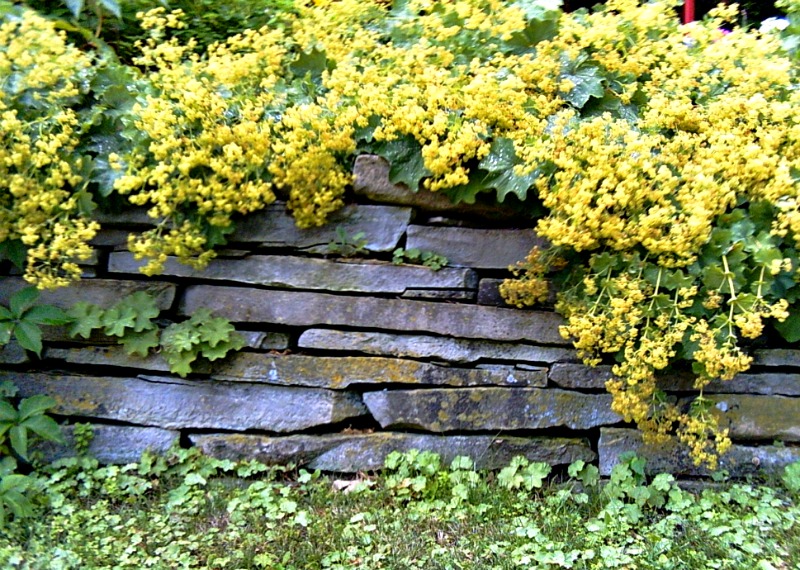Top retaining wall materials: How do they stack up?
Choosing the best material for your retaining wall depends on more than just looks. Here are some properties of the most popular retaining wall materials.

If your house is on a slope or if you want multilevel landscaping, then you definitely need a retaining wall. More than just dividers, retaining walls protect your sloped area from a landslide!
Retaining walls have to be stable, strong, and durable enough to support heavy loads. So, choosing the best material for your wall depends on more than just aesthetics. Check out the five most popular materials used:
Natural stone
The beauty of natural stone is sought after in building patios, driveways, and retaining walls. Natural stone retaining walls can be made up of all sorts of stones, from cut natural stone to boulders. However, natural stone walls usually cost more than other materials. They are also not as easy to build as concrete retaining wall systems.
Concrete
Strength, versatility, and durability are the main reasons why concrete retaining walls are such a big hit. Walls made from concrete blocks, panels, or sleepers last for years with very little upkeep. They can also be used to build walls of all shapes, colours, and textures. Many retaining wall systems with interlocking blocks can also be used by DIYers for small projects.
Some homeowners want to combine the reliability and affordability of concrete with the stunning looks of natural stone or brick. To achieve this, you can have a concrete masonry unit or CMU built and have a stone or brick veneer installed over it.
Brick
Like concrete, brick is also a tough, long-lasting material. Brick retaining walls have a traditional feel that suits various home styles. Since brick can be reinforced by steel rods, they are perfect for building high retaining walls. Brick walls require expert installation and special drainage.
Timber
Although timber retaining walls aren’t as popular as they used to be, some still prefer their rustic appearance. Treated wood is the preferred material, but reclaimed wood is a great alternative for those who want an eco-friendly wall. Maintenance and durability are the main issues with timber retaining walls. Whatever wood you use, your timber retaining wall will eventually give in to rot.
Since retaining walls have to be structurally sound, it’s best to enlist the help of structural engineers, bricklayers, or concreters to get them built right. If they are more than a metre high, help from the experts is even more important. To get started on building your retaining wall, post a job now and compare quotes from our retaining wall specialists.